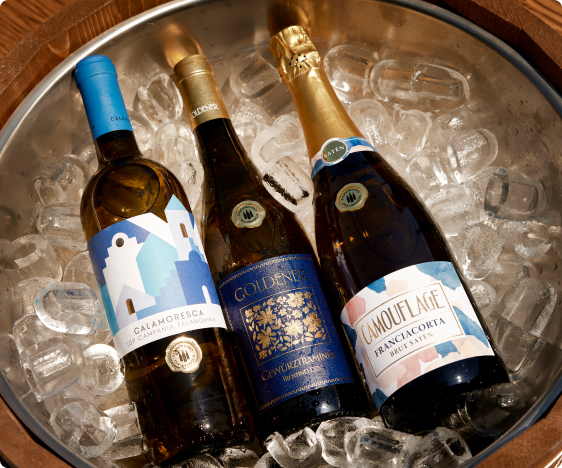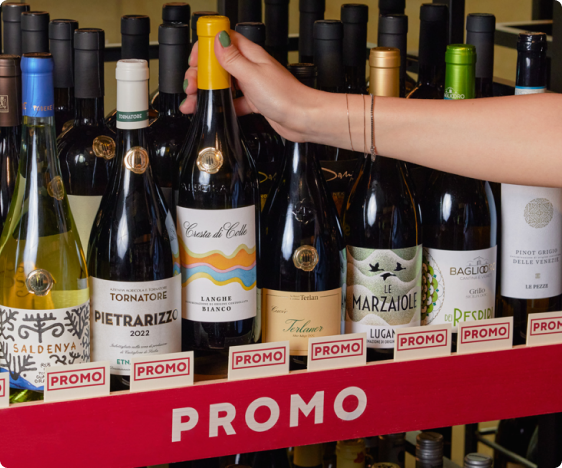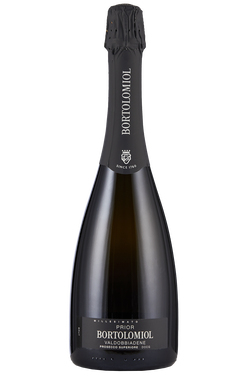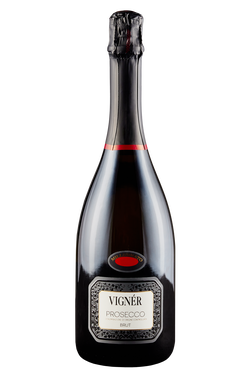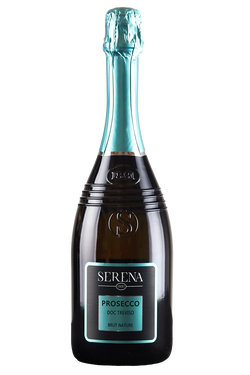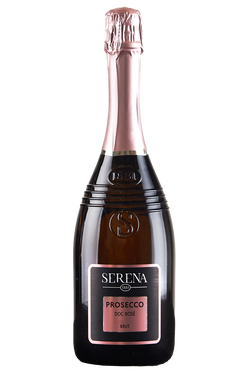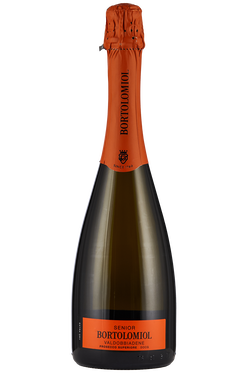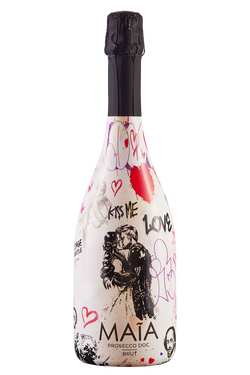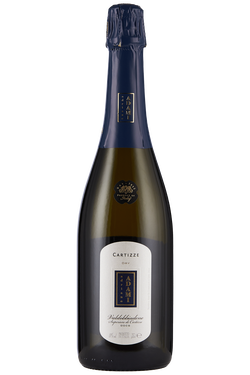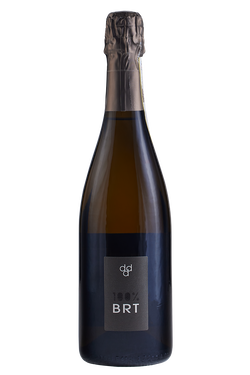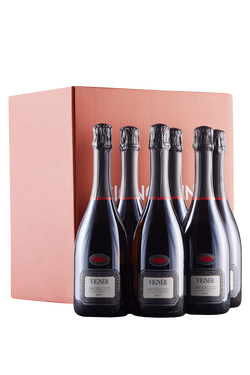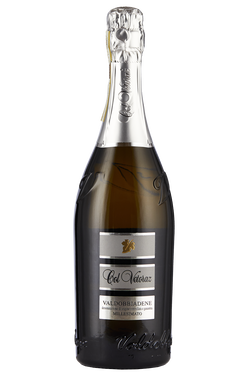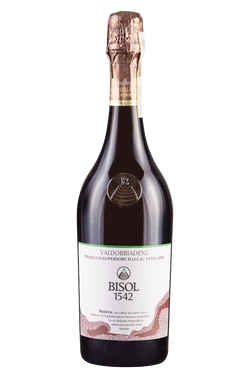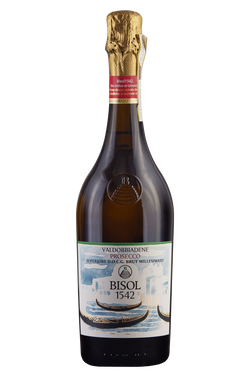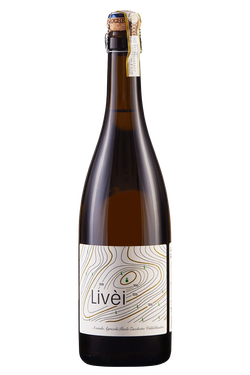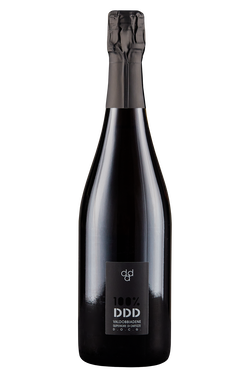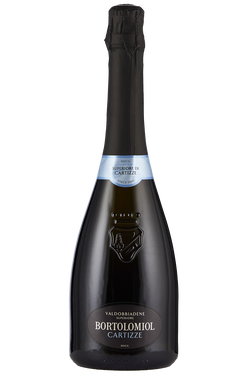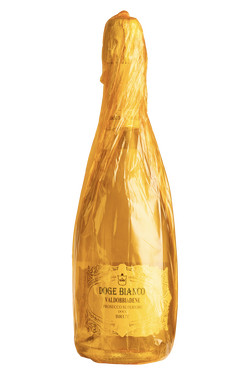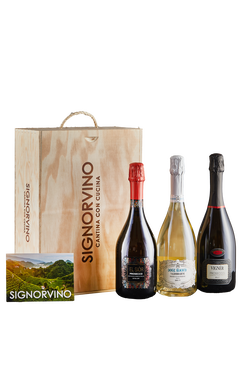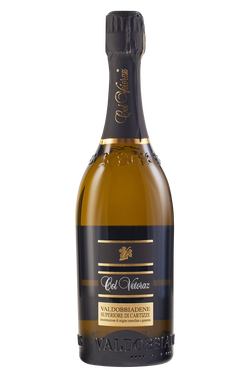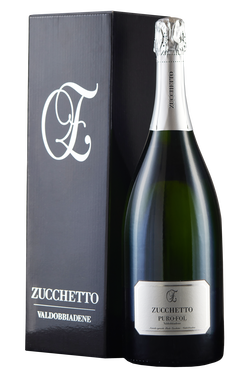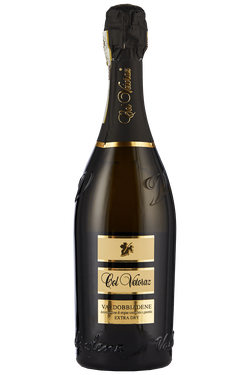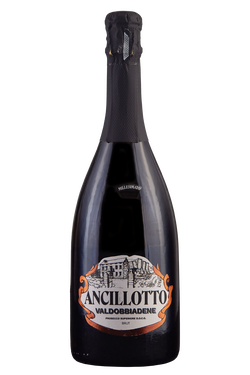- Wines >
- Sparkling wines >
- Prosecco
The production of Prosecco
The first general difference to take into consideration when talking about the best Italian Proseccos concerns production techniques, which are divided into two main categories: Metodo Classico sparkling wines and Charmat Method (also called the Martinotti or Italian Method) wines. Metodo Classico envisages second fermentation in the bottle, as in the case of Franciacorta , Trento and Oltrepò Pavese, while Prosecco is produced using the Martinotti-Charmat Method. With this method, after the first fermentation of the base wine, the oenologist establishes the cuvée, that is the blend of wines to which sugar, mineral salts and selected yeasts will be added. This mass is placed in large pressure tanks, where second fermentation is triggered; this will create alcohol, aromatic substances and the fizziness so adored by fans of Prosecco. At the end of fermentation, which is fairly short, at between 30 days and six months, the product is bottled and can be consumed. For some years, interesting Metodo Classico Proseccos have also been produced.
Every Prosecco is the expression of a territory
It seems simple to talk about Prosecco, but this much loved sparkling wine has various production areas. Italy produces wonderful Proseccos, with 80% coming from the Veneto region and the remaining 20% from Friuli-Venezia Giulia . There are three Prosecco designations: Prosecco DOC (Denominazione di Origine Controllata), Prosecco Superiore DOCG (Denominazione di Origine Controllata e Garantita) and Prosecco Valdobbiadene DOCG Cartizze, but what’s the difference? The difference between DOC and DOCG is the same as between Prosecco and Prosecco Superiore. The DOC zone covers the largest area, straddling Veneto and Friuli, generally with lowland vineyards. Without taking anything away from the indisputable quality of a Prosecco DOC, Prosecco Superiore DOCG offers a little extra something. It includes the Conegliano-Valdobbiadene and Asolo DOC zones, and envisages viticulture in hillside vineyards worked almost exclusively by hand. The difference can be noted in the taste: since the grapes grow on rich, mineral, clayey soils, it shows a highly nuanced palate, and more complex aromas than the DOC version. Valdobbiadene Prosecco DOCG Cartizze is the most widely appreciated and sought after member of the Prosecco family, and is produced in the valley whose name it bears; if you are looking for a top-of-the-range Prosecco , you need look no further.
Characteristics of Prosecco
The main grape used in Prosecco is Glera, a semi-aromatic white grape variety that seems to have been grown as far back as the Roman age. This vigorous, sturdy variety amounts for at least 85% of the total, and may be topped up with a maximum of 15% of the other varieties allowed in the production protocol: Verdiso, Bianchetta Trevigiana, Glera lunga, Chardonnay , Pinot Blanc and Pinot Noir vinified using the white wine production process. The latter variety, Pinot Noir, vinified using the red wine production process, is also included in the new version of the Prosecco Rosé DOC, which will be produced in a few years time and which in any case envisages a Glera base of 85%. This is a new way of drinking Prosecco, that is likely to take the lion’s share of the export market.
How to pair Prosecco
Relegated for too long to the status of party wine, Prosecco has gained an important place in the daily consumption of enthusiasts in recent years, but what does Prosecco go with? The dosage of this sparkling wine, often in the Extra Dry type, allows transversal combinations with fish and shellfish, finger food, cured meats or with vegetable-based dishes. It is also excellent for an aperitif. If you love salmon sushi, we instead suggest trying an Extra Brut, while with a Prosecco Brut Rosé from Glera and Pinot Noir, in which the latter grape variety gives greater structure to the sparkling wine, you can choose a more complex dish, such as tagliolini with pike.
